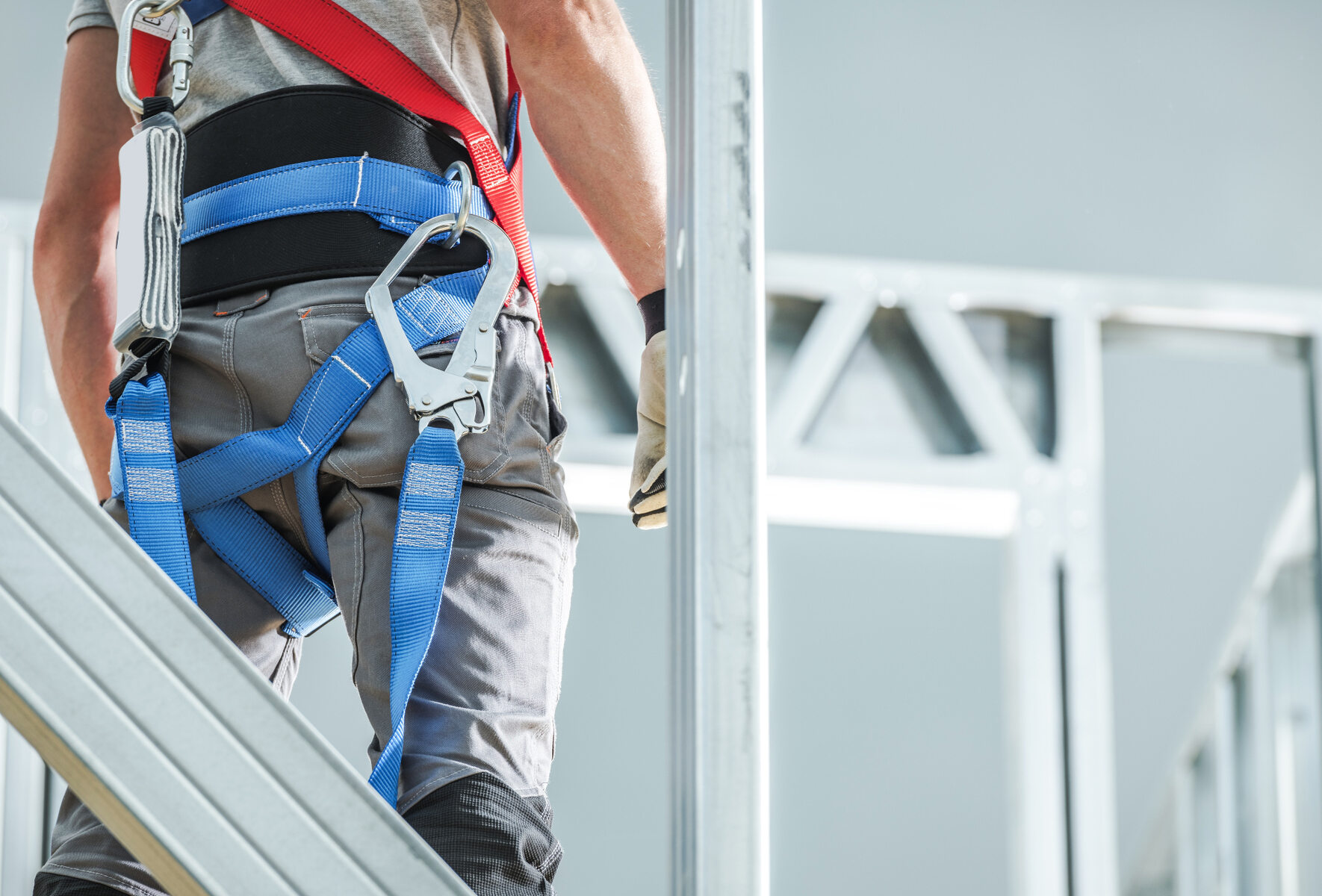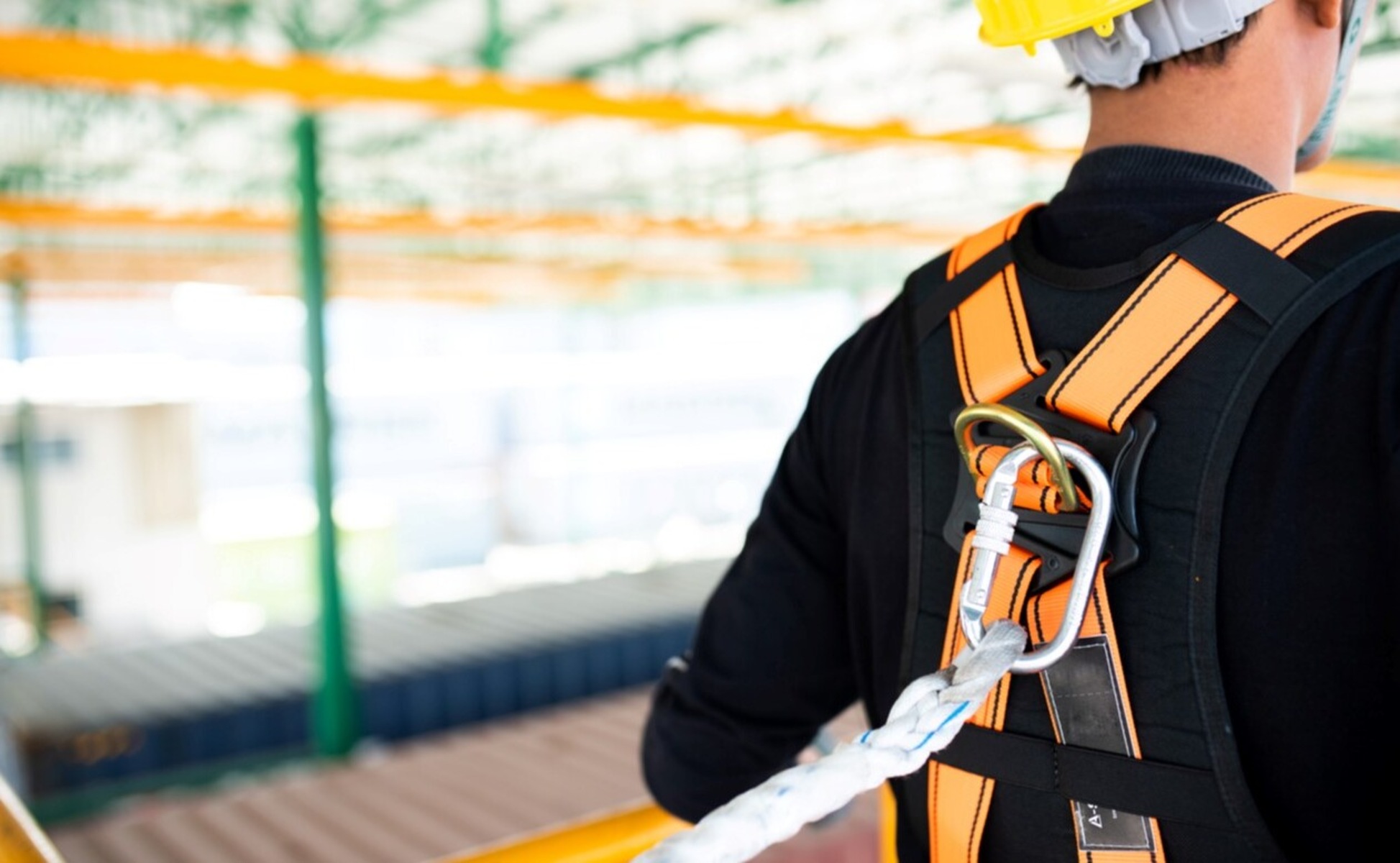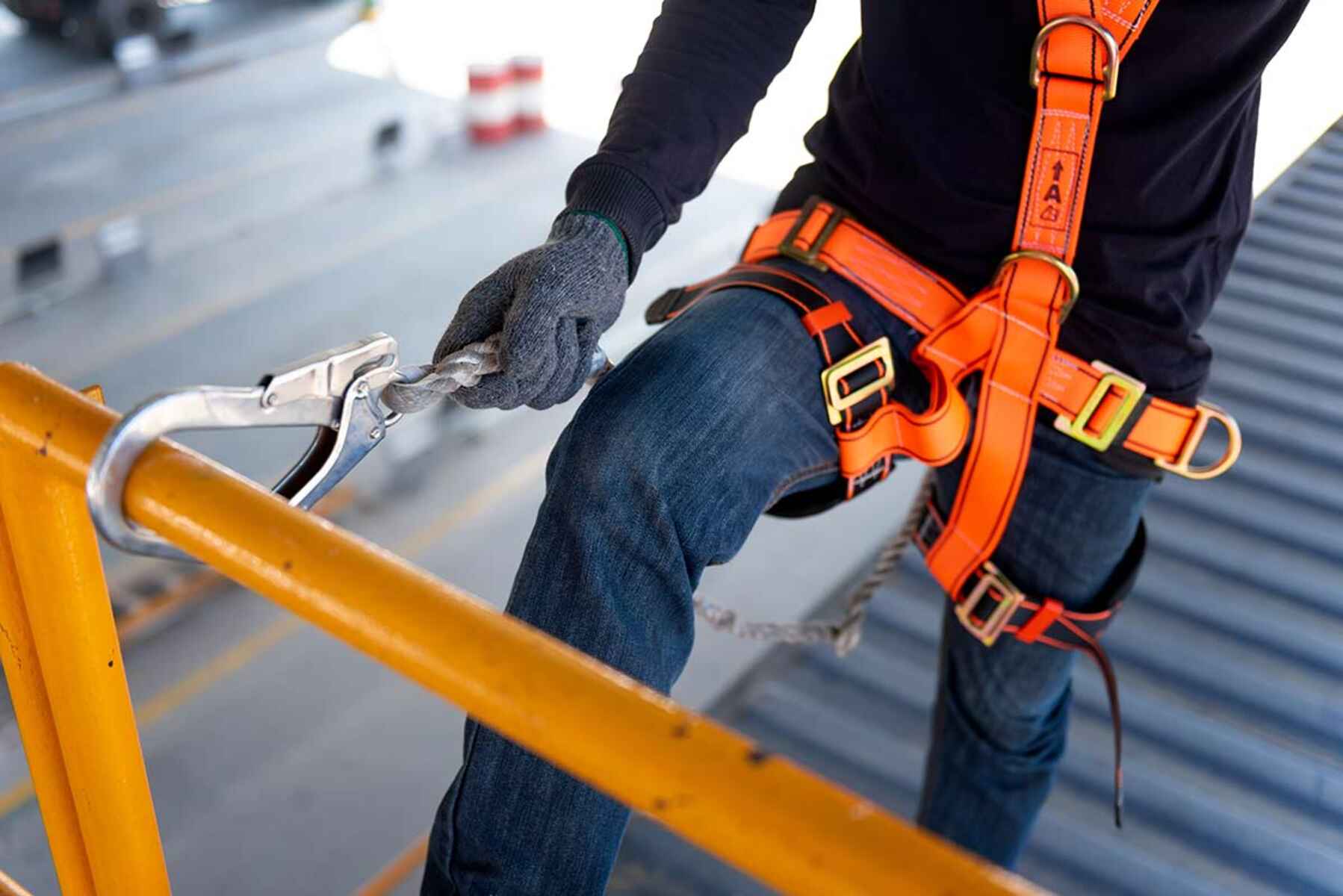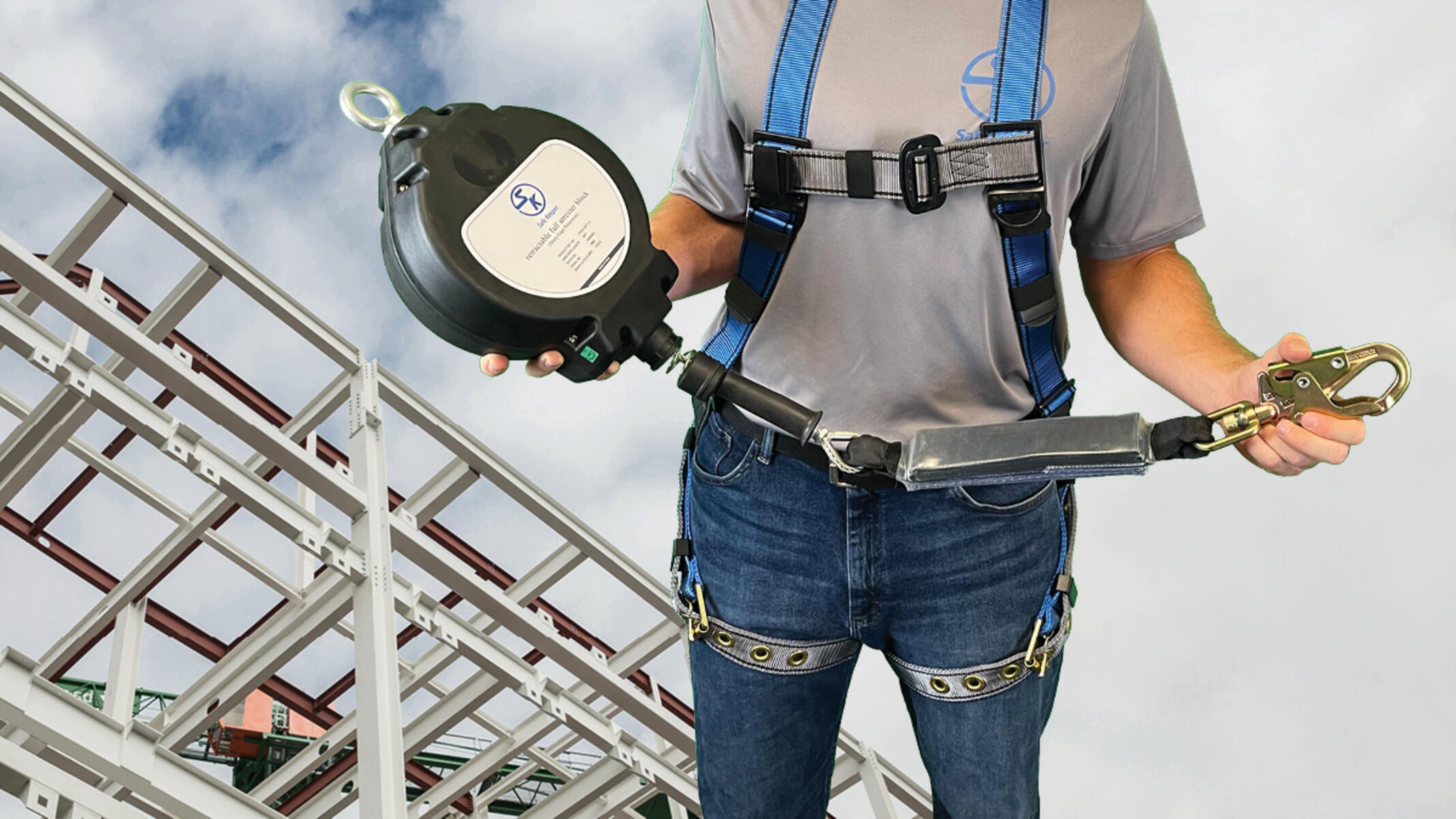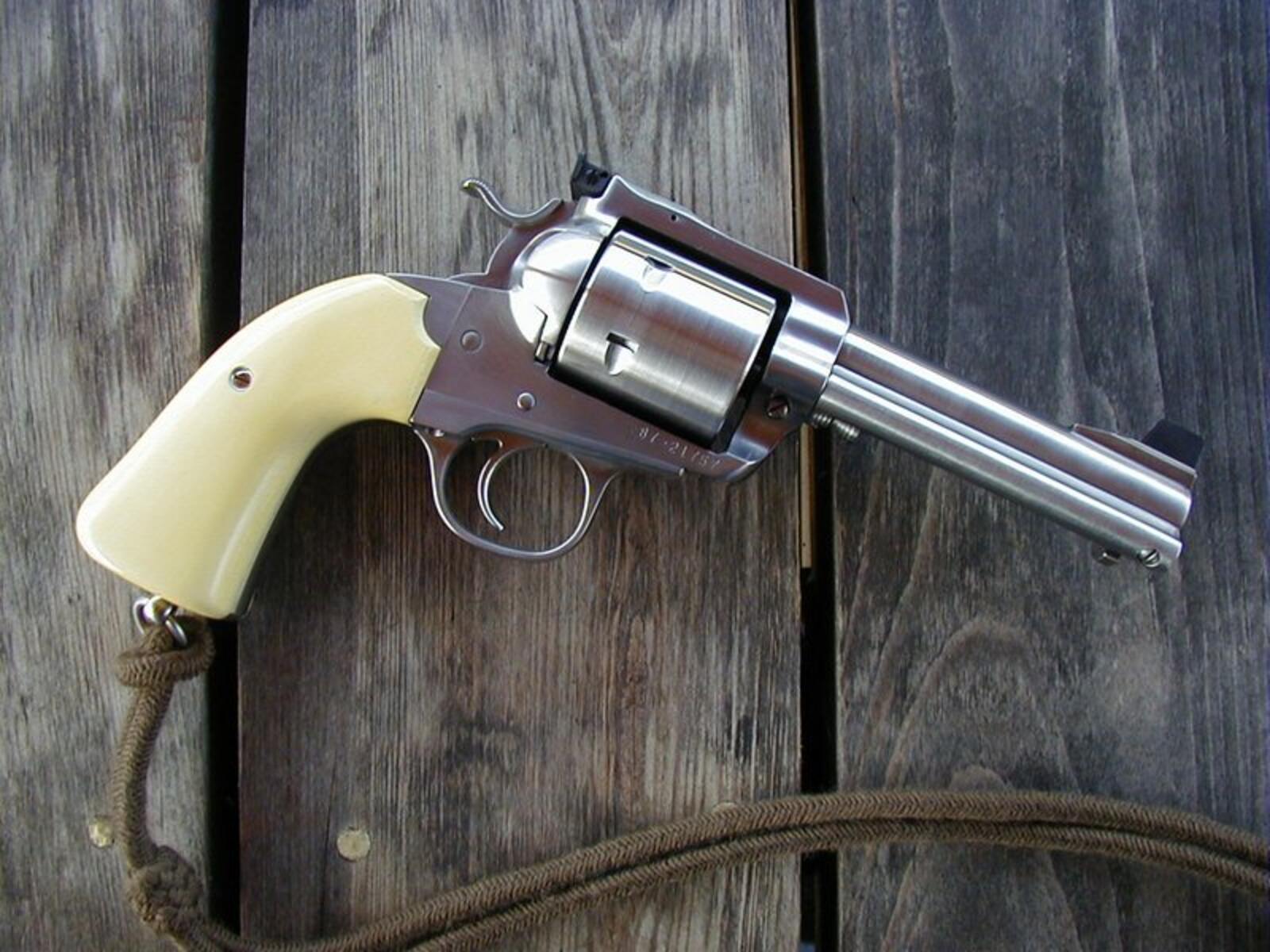Introduction
Lanyards play a crucial role in ensuring the safety and security of individuals working at heights. When it comes to safety harnesses, lanyards are an indispensable component designed to prevent falls and protect workers from potentially life-threatening accidents. Understanding the significance of lanyards within the context of safety harnesses is paramount for anyone involved in work environments where fall hazards exist.
In this comprehensive guide, we will delve into the various aspects of lanyards, including their types, components, and the essential role they play in enhancing safety measures. By gaining insight into the function and significance of lanyards on safety harnesses, individuals can better comprehend the critical role these components play in safeguarding workers at elevated work sites.
This article aims to shed light on the importance of lanyards within the broader framework of safety harnesses, providing a comprehensive understanding of their role in mitigating fall risks and ensuring the well-being of workers. Whether you are a seasoned professional in the field of occupational safety or a novice seeking to expand your knowledge, this guide will equip you with valuable insights into the pivotal role of lanyards on safety harnesses.
With a focus on clarity and practical relevance, this exploration of lanyards and safety harnesses aims to empower readers with the knowledge necessary to make informed decisions regarding fall protection equipment. By the end of this guide, you will have a comprehensive understanding of lanyards and their integral role in promoting safety and security in high-risk work environments.
What is a Lanyard?
A lanyard is a fundamental safety component designed to secure an individual to an anchorage point, thereby preventing falls from elevated work areas. Typically constructed from durable materials such as nylon or polyester, lanyards are equipped with energy-absorbing elements that serve to minimize the impact force on the body in the event of a fall. These essential safety devices are characterized by their flexibility and strength, allowing workers to move freely while maintaining a secure connection to a designated anchor point.
Lanyards are available in various configurations to accommodate different work environments and specific safety requirements. They may feature integrated shock absorbers, which are instrumental in dissipating the energy generated during a fall, thus reducing the risk of injury. Additionally, lanyards are often equipped with connectors, such as snap hooks or carabiners, to facilitate secure attachment to a safety harness or anchorage point.
It is important to note that lanyards are not one-size-fits-all; rather, they are designed to cater to diverse occupational settings and fall protection needs. For instance, some lanyards are intended for positioning purposes, enabling workers to maintain stable positions while performing tasks at heights. On the other hand, retractable lanyards offer increased mobility by automatically adjusting the length of the line as the user moves, thereby minimizing trip hazards and maximizing freedom of movement.
In essence, lanyards serve as lifelines for workers at elevated worksites, providing the crucial link between the safety harness and the anchorage point. Their robust construction and innovative features make them indispensable tools for ensuring the safety and security of individuals working in environments where fall hazards exist. By understanding the core function and diverse applications of lanyards, professionals in various industries can make informed decisions regarding the selection and utilization of these vital safety components.
In the subsequent sections of this guide, we will explore the different types of lanyards, the components of safety harnesses, and the overarching importance of lanyards in promoting workplace safety. This comprehensive overview aims to equip readers with a holistic understanding of lanyards and their pivotal role in mitigating fall risks and safeguarding workers in high-risk work environments.
Types of Lanyards
Lanyards come in a variety of types, each tailored to meet specific safety needs and work requirements. Understanding the distinctions between these lanyard variations is crucial for ensuring optimal fall protection and workplace safety. Here are the primary types of lanyards commonly utilized in occupational settings:
-
Shock-Absorbing Lanyards: These lanyards are designed to reduce the impact forces generated during a fall. Equipped with integrated shock-absorbing elements, they effectively cushion the force exerted on the body, minimizing the risk of injury. This type of lanyard is particularly valuable in environments where falls from heights are a potential hazard, as it provides an additional layer of protection against the forces of impact.
-
Positioning Lanyards: As the name suggests, positioning lanyards are intended to assist workers in maintaining stable positions while performing tasks at elevated work sites. These lanyards are often utilized in conjunction with a full-body harness to support the user in a specific work posture, allowing for hands-free operation while ensuring a secure and controlled position.
-
Retractable Lanyards: Offering enhanced mobility and convenience, retractable lanyards automatically adjust their length as the user moves, thereby minimizing slack in the line and reducing the risk of tripping or entanglement. This type of lanyard is ideal for applications where freedom of movement is essential, as it allows the user to move about without the restrictions imposed by traditional static lanyards.
-
Restraint Lanyards: Restraint lanyards are designed to prevent workers from reaching a point where a fall hazard exists. By limiting the range of movement and creating a safe working zone, these lanyards help mitigate the risk of falls by restricting the user from accessing potentially hazardous areas.
-
Energy-Absorbing Lanyards: Similar to shock-absorbing lanyards, energy-absorbing lanyards are engineered to dissipate the energy generated during a fall, thereby reducing the impact forces exerted on the body. These lanyards are instrumental in minimizing the risk of injury in the event of a fall, making them essential components in comprehensive fall protection systems.
Understanding the distinctive features and intended applications of each lanyard type is essential for selecting the most suitable fall protection equipment for specific work environments. By leveraging the unique attributes of different lanyard variations, employers and safety professionals can effectively mitigate fall hazards and promote a secure working environment for individuals operating at elevated heights.
Components of a Safety Harness
A safety harness is a critical piece of personal protective equipment designed to secure an individual in the event of a fall from an elevated work area. Comprising various components, a safety harness functions as a pivotal element in fall protection systems, providing a lifeline for workers operating at heights. Understanding the key components of a safety harness is essential for ensuring its proper utilization and maximizing its effectiveness in safeguarding individuals from fall hazards.
The following are the primary components of a safety harness:
-
Shoulder Straps: Also known as "shoulder loops," these straps are an integral part of the harness, serving to distribute the forces of impact across the upper body in the event of a fall. Properly adjusted shoulder straps are essential for minimizing the risk of injury and ensuring the user's stability during a fall arrest.
-
Torso and Hip Straps: These straps encircle the user's torso and hips, providing crucial support and distributing the forces of impact throughout the body. When properly secured, torso and hip straps play a vital role in maintaining the user's position and reducing the risk of injury in the event of a fall.
-
Buckles and Fasteners: Safety harnesses are equipped with durable buckles and fasteners that allow for secure and adjustable fitting. These components enable users to customize the harness to their body size and shape, ensuring a snug and comfortable fit that is essential for optimal safety and mobility.
-
Dorsal D-Ring: Positioned at the back of the harness, the dorsal D-ring serves as the primary attachment point for lanyards and lifelines. This crucial component enables users to connect to fall protection systems, anchorage points, and other safety devices, thereby establishing a secure link that prevents falls and minimizes the impact of potential hazards.
-
Frontal Attachment Points: Some safety harnesses feature frontal attachment points, typically located at the chest or waist, which allow for additional connections to lanyards, tools, or other equipment. These attachment points enhance the versatility and functionality of the harness, enabling users to secure supplementary gear and accessories as needed.
-
Padded Leg Straps: Many safety harnesses are equipped with padded leg straps to enhance user comfort and reduce the risk of chafing or discomfort during prolonged wear. These straps play a crucial role in ensuring that the harness remains securely in place without causing undue strain or discomfort to the wearer.
Understanding the role and significance of each component within a safety harness is essential for ensuring proper utilization and optimal performance. By familiarizing themselves with the various elements comprising a safety harness, workers and safety professionals can effectively assess, maintain, and utilize this indispensable piece of fall protection equipment, thereby promoting a safe and secure working environment for individuals operating at elevated heights.
Importance of Lanyards on Safety Harnesses
Lanyards serve as the linchpin of safety harness systems, playing a pivotal role in preventing falls and mitigating the impact of potential hazards in elevated work environments. The importance of lanyards on safety harnesses cannot be overstated, as these critical components are instrumental in safeguarding the well-being of individuals operating at heights. Here's a detailed look at the significance of lanyards within the context of safety harnesses:
Fall Prevention and Arrest
Lanyards are designed to serve as lifelines, connecting the user's safety harness to anchorage points and fall protection systems. In the event of a fall, lanyards act as shock-absorbing mechanisms, effectively dissipating the energy generated and minimizing the impact forces exerted on the body. This crucial function is paramount for preventing serious injuries and ensuring the user's safety during a fall arrest scenario.
Enhanced Mobility and Flexibility
By utilizing lanyards, workers are able to move freely within designated work areas while maintaining a secure connection to anchorage points. This balance between mobility and safety is essential for enabling efficient task performance at elevated heights, as it allows individuals to carry out their duties without compromising their protection against fall hazards.
Customization for Diverse Applications
Lanyards are available in various types, each tailored to meet specific safety needs and work requirements. Whether it's shock-absorbing lanyards for minimizing impact forces, positioning lanyards for stable work postures, or retractable lanyards for enhanced mobility, the diverse range of lanyard options allows for customization based on the unique demands of different work environments.
Integral Component of Comprehensive Fall Protection Systems
In conjunction with safety harnesses, lanyards form an integral part of comprehensive fall protection systems, providing a multi-layered approach to mitigating fall risks. By establishing a secure link between the user and anchorage points, lanyards contribute to a robust safety framework that prioritizes the well-being of workers operating at elevated heights.
Compliance with Safety Regulations and Standards
In many occupational settings, the use of lanyards on safety harnesses is mandated by safety regulations and industry standards. Adhering to these guidelines is not only a legal requirement but also a fundamental aspect of ensuring a safe and secure work environment. Lanyards play a crucial role in meeting these compliance standards and upholding the highest levels of workplace safety.
In summary, the importance of lanyards on safety harnesses lies in their ability to prevent falls, enhance mobility, cater to diverse safety needs, and contribute to comprehensive fall protection systems. By recognizing the indispensable role of lanyards in promoting workplace safety, individuals and organizations can prioritize the well-being of workers operating at elevated heights, thereby fostering a culture of safety and security in high-risk work environments.
Proper Use and Maintenance of Lanyards
Proper utilization and maintenance of lanyards are crucial for ensuring their effectiveness in fall protection and maximizing their service life. By adhering to best practices in the use and care of lanyards, workers and safety professionals can uphold the highest standards of safety while prolonging the longevity of these essential safety components.
Inspection and Pre-Use Checks
Before each use, lanyards should undergo a thorough inspection to detect any signs of wear, damage, or deterioration. This pre-use assessment involves examining the entire length of the lanyard, including the webbing, stitching, connectors, and energy-absorbing elements. Any indications of fraying, cuts, abrasions, or deformations warrant immediate removal from service and prompt replacement. Additionally, the connectors and attachment points should be inspected to ensure secure functionality and freedom from defects.
Proper Attachment and Connection
When utilizing lanyards, it is essential to ensure proper attachment and secure connection to both the safety harness and the designated anchorage point. The connectors, such as snap hooks or carabiners, should be fastened according to the manufacturer's instructions, with particular attention to the locking mechanisms. Additionally, the lanyard's length and positioning should be adjusted to minimize the risk of swing falls and entanglements while allowing for optimal mobility and work performance.
Safe Handling and Storage
Lanyards should be handled with care to prevent unnecessary stress or damage to the components. Avoiding sharp edges, abrasive surfaces, and exposure to corrosive substances is essential for maintaining the integrity of the lanyard materials. When not in use, lanyards should be stored in a clean, dry environment away from direct sunlight and excessive heat, as prolonged exposure to these elements can compromise the structural integrity and performance of the lanyard.
Cleaning and Maintenance
Regular cleaning and maintenance of lanyards are imperative for preserving their functionality and safety attributes. Mild soap and water can be used to clean the lanyard, followed by thorough rinsing and air drying. Harsh chemicals and solvents should be avoided, as they can degrade the materials and compromise the lanyard's strength. Additionally, any signs of contamination or damage should prompt immediate removal from service and thorough inspection by qualified personnel.
Retraining and Record-Keeping
Periodic retraining on the proper use and maintenance of lanyards is essential for ensuring that workers remain informed and proficient in fall protection practices. Furthermore, maintaining detailed records of lanyard inspections, maintenance activities, and replacements is crucial for tracking their service life and compliance with safety regulations.
By adhering to these guidelines for the proper use and maintenance of lanyards, individuals and organizations can uphold the highest standards of safety and ensure the optimal performance of these critical fall protection components. Prioritizing the care and utilization of lanyards is fundamental to fostering a culture of safety and security in work environments where fall hazards exist.
Conclusion
In conclusion, lanyards are indispensable components within the realm of safety harnesses, playing a crucial role in mitigating fall hazards and ensuring the well-being of workers operating at elevated heights. Through their diverse types, such as shock-absorbing, positioning, retractable, restraint, and energy-absorbing lanyards, these safety devices cater to specific safety needs, providing a multi-layered approach to fall protection.
The significance of lanyards on safety harnesses extends beyond mere fall prevention; it encompasses enhanced mobility, compliance with safety standards, and the integral role they play in comprehensive fall protection systems. By serving as lifelines that connect users to anchorage points and fall protection systems, lanyards contribute to a secure working environment, enabling individuals to perform tasks at heights with confidence and safety.
Proper use and maintenance of lanyards are paramount for ensuring their effectiveness and longevity. Regular inspection, secure attachment, safe handling, and meticulous record-keeping are essential practices that uphold the highest standards of safety while prolonging the service life of lanyards.
By recognizing the pivotal role of lanyards in promoting workplace safety, individuals and organizations can prioritize the well-being of workers operating at elevated heights, fostering a culture of safety and security in high-risk work environments. With a comprehensive understanding of lanyards and their integral role in fall protection, professionals across various industries can make informed decisions regarding the selection, utilization, and maintenance of these critical safety components.
In essence, lanyards are not just physical connections between safety harnesses and anchorage points; they are symbolic of the commitment to safeguarding the lives and well-being of individuals working at heights. By embracing best practices in lanyard utilization and maintenance, and by recognizing their pivotal role in fall protection, we can collectively strive towards creating safer and more secure work environments for all.







